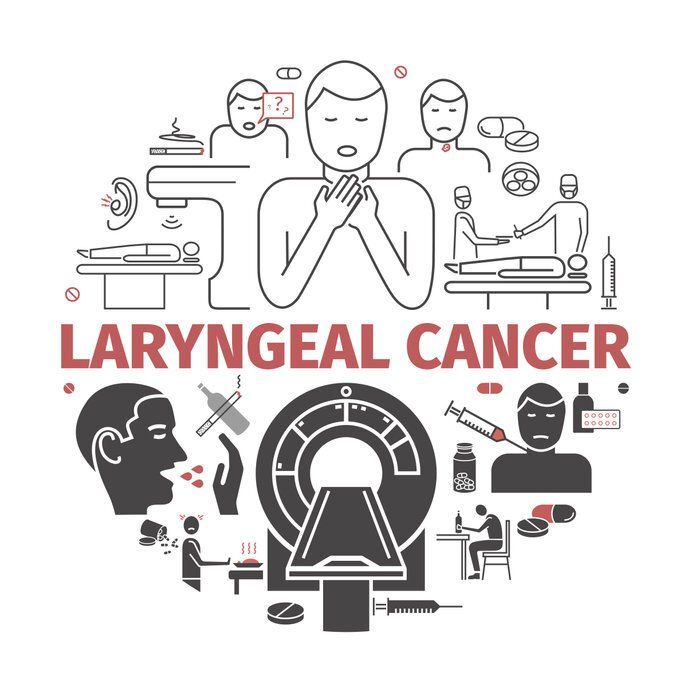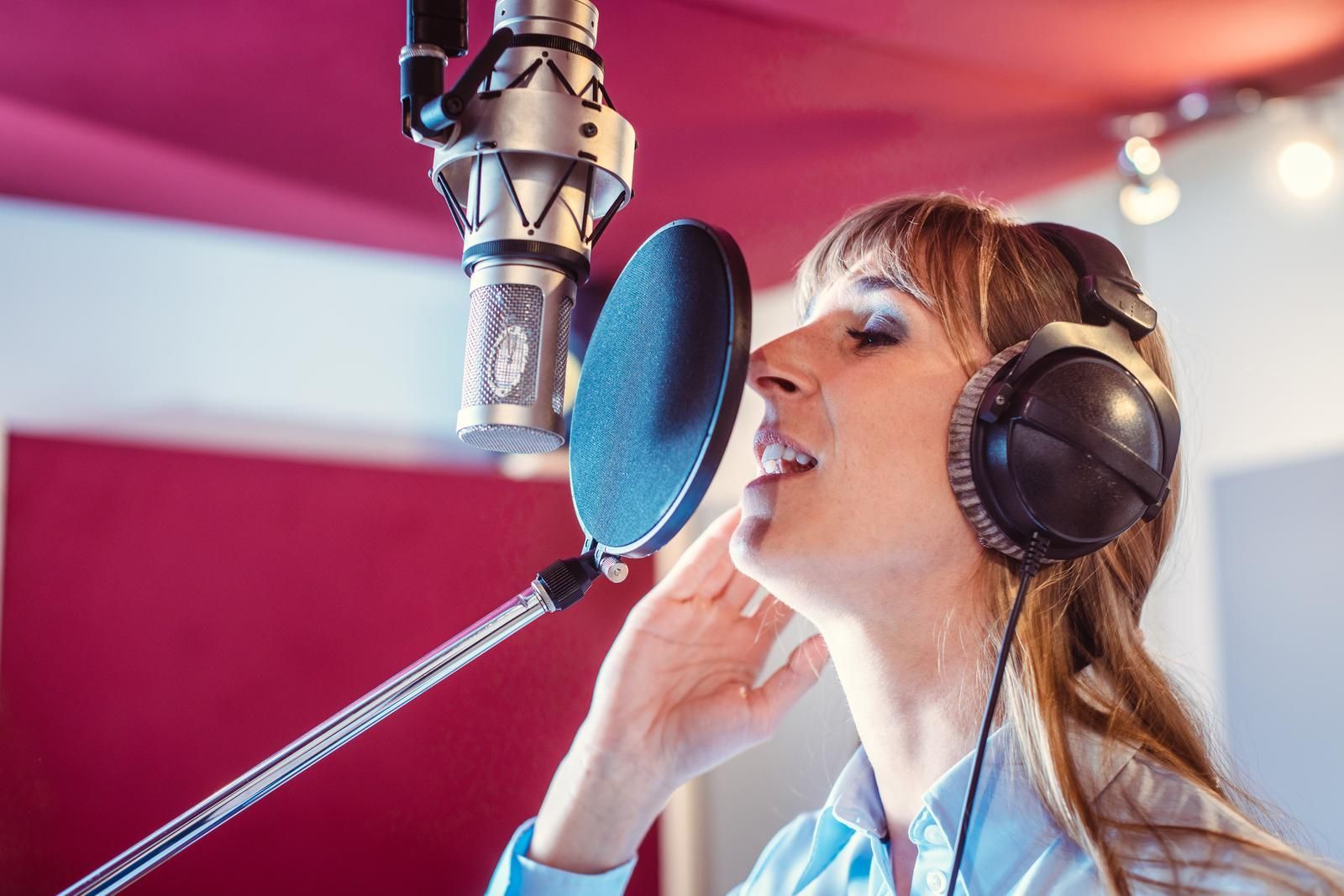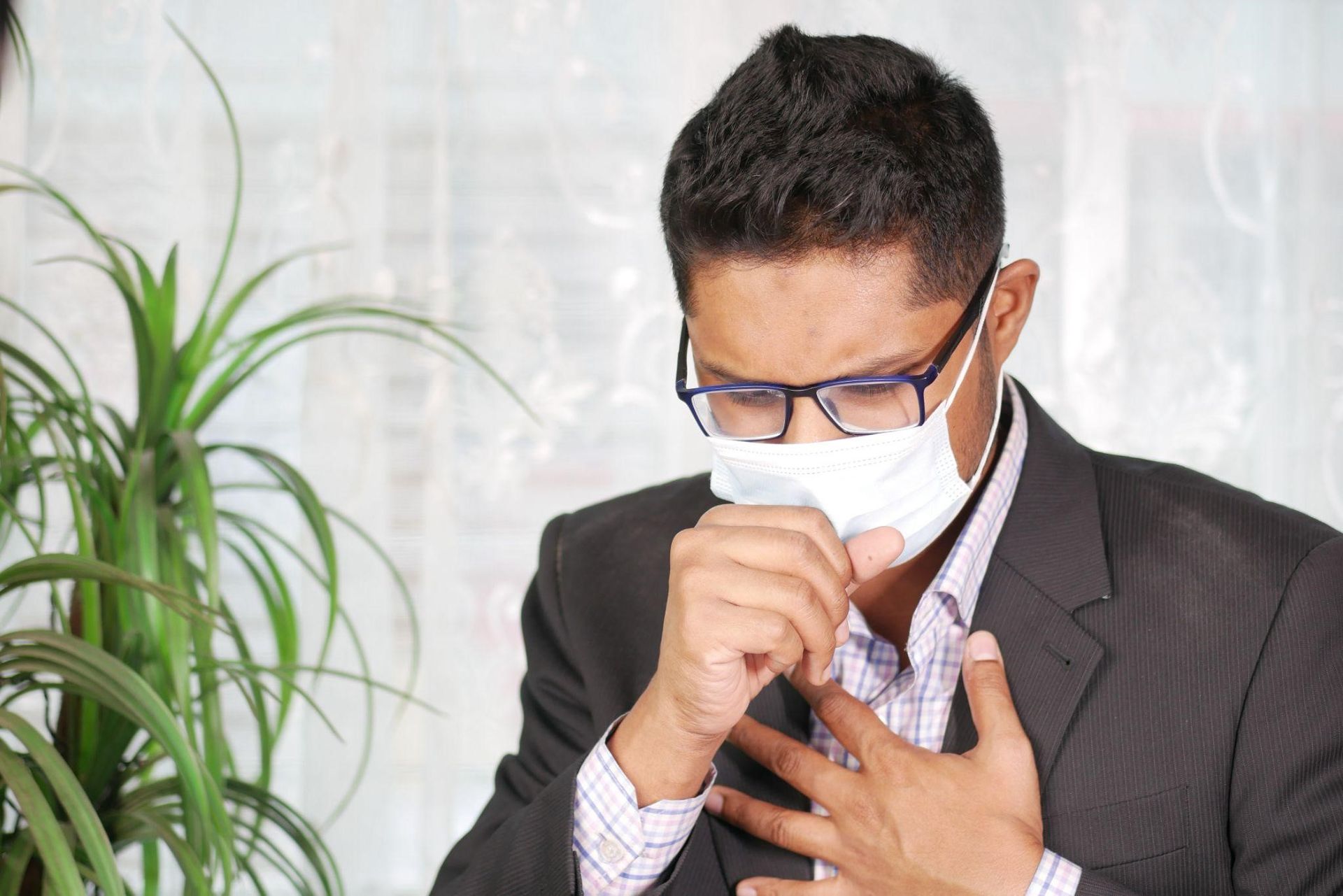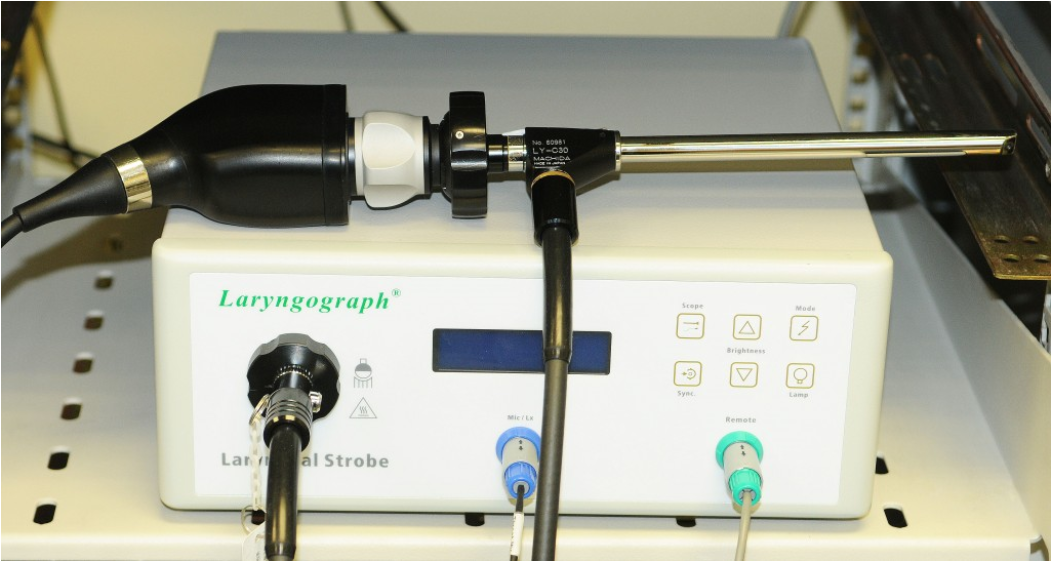Transoral Laser Surgery Using KTP Laser Treatment for Vocal Cord Cancer
Although the prevalence of vocal cord or laryngeal cancer is only 2–5% among all cancers, it has a devastating effect on those diagnosed with it and accounts for around 200,000 deaths worldwide.
Currently, one of the prominent treatments for vocal cord cancer is transoral laser surgery. Unlike radiation therapy, which targets both cancerous and healthy cells, laser surgery provides a quick and seamless cure without the side effects of radiation.

What Is Transoral Laser Surgery?
Transoral laser surgery using a potassium titanyl phosphate (KTP) laser is a minimally invasive technique that directly targets the growth of cancer cells. Cancer cells require blood vessels to grow, which is a process called angiogenesis. To inhibit this, transoral laser surgery uses a KTP laser (also called a “photoangiolytic” laser) to directly target the blood vessels in cancer cells, while preserving the healthy tissue in the vocal cords.
The laser operates using ultra-narrow margins under a microscope, which allows the surgeon to gradually remove the layers of cancerous tissue over the healthy tissue.
How Does KTP Treatment Work?
As a minimally invasive treatment, the KTP laser procedure is done without any incisions. The patient is put under general anesthesia, and a laryngoscope is inserted into the throat to view the vocal cords. The surgery is then conducted through the mouth while using a microscope.
Unlike the CO2 laser treatment for laryngeal cancer—which cuts around a margin of healthy tissue—the KTP laser methodically targets tissues with high blood vessel content, like cancer cells. This technique is referred to as photoablation.
Most early-stage laryngeal cancer cells have more mass in their center as opposed to their periphery—which is the layer in contact with the healthy vocal cord tissue. The photoablation technique used in KTP laser treatment precisely maps out the cancer cells with ultra-narrow margins to save as much non-cancerous tissue on the vocal fold without compromising on treatment.
How Effective Is KTP Treatment?
KTP treatment has the same cure rate for early vocal cord cancer as radiation therapy and CO2 laser surgery. Studies found that with KTP treatment, over 96% of patients had no recurrence of their cancer or loss of their larynx post-treatment.
Additionally, KTP may also result in better voice outcomes compared to other endoscopic surgical techniques, with a reduced need for post-treatment surgical reconstruction.
What Is the Post-operative Procedure for KTP Treatment?
KTP laser treatment is an outpatient surgery so patients will not need any hospitalization to recover. While they can eat right after the procedure, they will have to be on a soft diet for up to two weeks. They will also be required to avoid any foods that could trigger gastric reflux, such as anything greasy, spicy, acidic, or with caffeine.
Dr. Elizabeth Burckardt sees her patients 6–8 weeks after the initial surgery for a post-op follow-up. Thereafter, patients will need to return to the clinic every 6 weeks for a year to ensure there are no remaining issues. Any other appointments after the initial year will be spaced out.
If you are looking for comprehensive voice care in the Kentuckiana area, get in touch with Dr. Elizabeth Burckardt. Dr. Burckardt is the first person in Kentucky to use state-of-the-art KTP laser surgery to treat vocal cord cancer. Contact us today to learn more!










